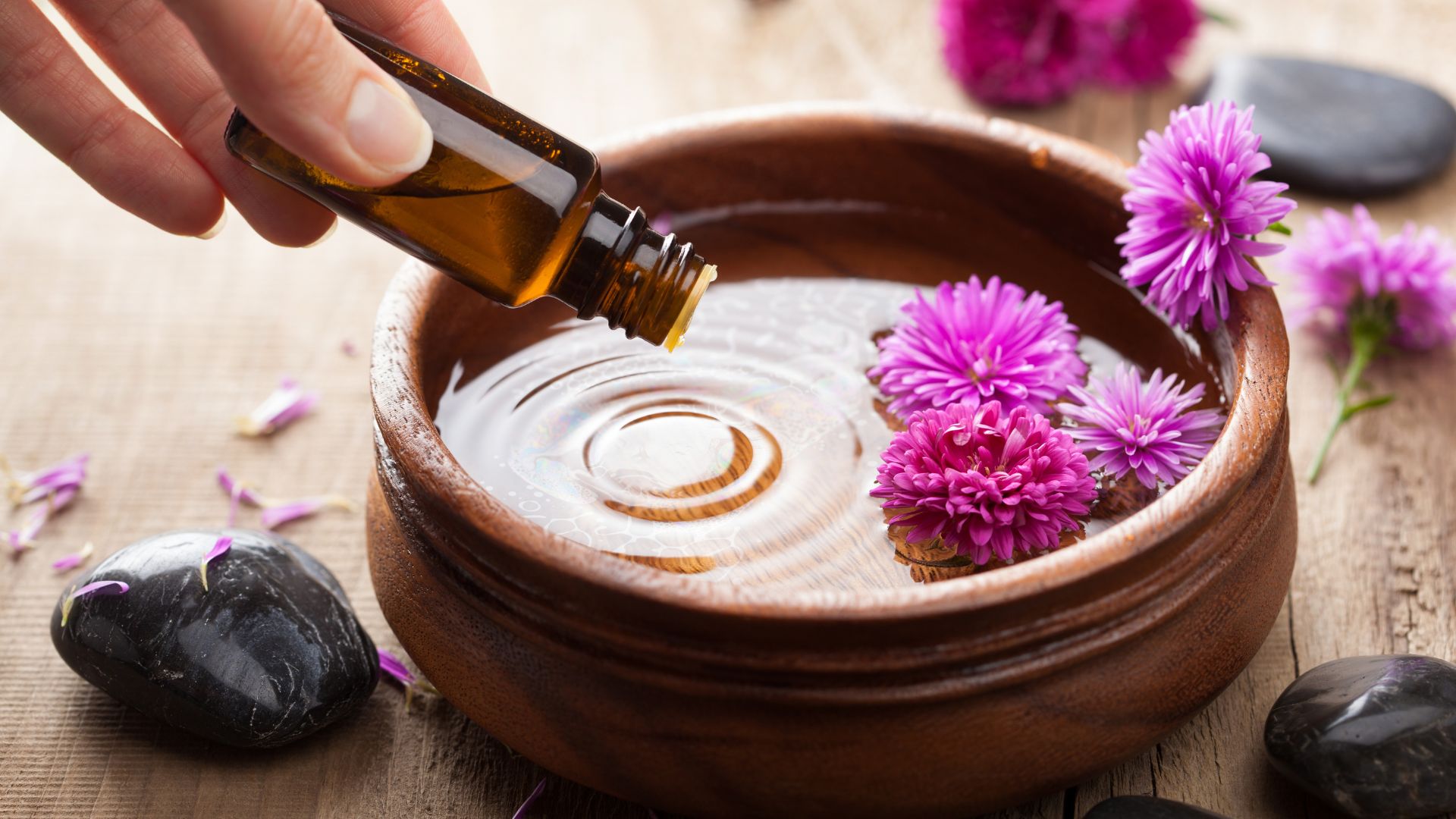
13 Nov Introduction to Aromatherapy: How to Use it for Wellness?
The practice of aromatherapy can be traced back to ancient civilizations, wherein the Egyptians, Greeks, Chinese, and Indians used it for ritual and healing purposes.
It involves using essential oils, which are plant extracts made by steeping or pressing various parts of the plant to get its scent properties. Examples of essential oils are lavender oil, tea tree oil, Frankincense oil, and Eucalyptus oil among others.
The purported therapeutic benefits of aromatherapy include:
- Stress and anxiety
- Headaches and migraines
- Sleep and insomnia
- Reducing inflammation
- Antibiotic and antimicrobial
Guide to Using Essential Oils
Before trying aromatherapy, know that there are potential side effects in using it. People who are pregnant, older adults, and children younger than 12 should consult their doctor before using essential oils.
Some of the side effects of aromatherapy include:
- Rashes
- Asthma attacks
- Headaches and allergic reactions
Essential oils can cause some side effects, particularly lavender, peppermint, tea tree, and ylang-ylang oils.
If you are at your peak health status, you can use essential oils by directly inhaling them from the bottle or by using a diffuser or humidifier.
You can also apply it straight to your skin by mixing it with a carrier oil.
Outside of aromatherapy, essential oils can also be used for other things such as freshening up laundry, mixed as a natural scent in homemade cosmetics, and may repel mosquitoes.
When choosing essential oils, always keep in mind to consider their purity, quality, and reputation. High-quality oils only use pure-quality compounds through distillation or cold pressing.
SOURCE:
https://www.healthline.com/health/how-to-use-essential-oils#summary
https://www.healthline.com/nutrition/what-are-essential-oils#bottom-line



